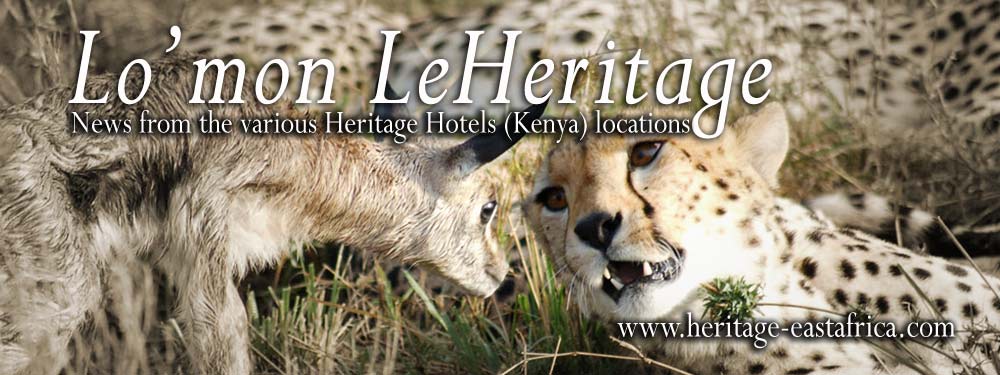Did you know that?
- Ostrich have bigger eyes than any other living vertebrate on land. With their acute eyesight and hearing they can sense predators like lions from far away.
- When being pursued by a predator, ostriches have been known to reach speeds in excess of 70 km per hour (45 miles per hour), and can maintain a steady speed of 50 km per hour (30 miles per hour).
- They have an external ear unlike any other bird.
- They have unique pubic bones that are fused to hold their gut.
- They have no feathers on their legs.
- The bird stands on two toes, with the bigger one resembling a hoof. This is an adaptation unique to ostriches that appears to aid in running.
- The neck is so flexible that they can pick anything on it using its own bill.
- They have 50–60 tail feathers, wings have 16 primary, four alula and 20–23 secondary feathers.
- Females and young males are greyish-brown and white. The small vestigial wings are used by males in mating displays. They can also provide shade for chicks. The feathers are soft and serve as insulation, and are quite different from the stiff airfoil feathers of flying birds. There are claws on two of the wings' fingers.
- Their chest is bare which the ostrich covers using its wings when sleeping or feeding.
- They have strong and long legs.
- Ostriches live in nomadic groups of 5 to 30 in Samburu. They often move together with other grazing animals such as zebra and antelopes. They feed on seeds and other plants and will occasionally eat insects.
- They swallow pebbles to aid digestion.
- An adult ostrich typically carries about 1 kg of stones in its stomach.
- When threatened, ostriches run away, but they can cause serious injury and death with kicks using their powerful legs




















